Short skis are a game-changer when it comes to skiing on hard, icy snow. They’re easier to control, require less effort to turn, and grip better on slick terrain compared to longer skis. Here's why they work so well:
- Better Turns: Short skis have a smaller turning radius, making quick, precise movements easier.
- Stronger Edge Grip: Your weight is focused on a smaller surface, giving you more control on icy patches.
- Less Fatigue: They’re lighter and easier to maneuver, so your legs won’t tire as quickly.
If you’re a beginner, a casual skier, or someone who loves terrain parks or backcountry adventures, short skis - like Snowfeet’s compact designs - might be your new best friend. They’re portable, affordable (starting at $250), and even work with regular winter shoes. Whether you’re learning the ropes or perfecting tricks, short skis make hard snow feel less like a challenge and more like fun.
What Makes Hard Snow and Icy Terrain Different
Hard Snow Surface Features
Hard-packed snow happens when fresh snow gets compressed. This can be due to skier traffic, strong winds, or grooming machines doing their thing. Over time, weather changes and constant activity on the slopes turn that fluffy snow into a dense, firm layer.
Icy terrain, on the other hand, forms when snow melts during the day and then freezes again overnight. This creates those slick, shiny patches that can make skiing feel like you're gliding on glass. Both surfaces require skiers to tweak their techniques to stay in control.
Challenges Skiers Face on Hard Snow
Skiing on hard snow isn’t exactly forgiving. Small mistakes can feel huge because there’s less grip to work with. This is where sharp edges on your skis become your best friend. Without them, maintaining control and carving turns can feel nearly impossible.
Snowboarder tries Snowfeet* | Which Snowfeet* Short Ski is the Best? | Snowblades 44, 65, 99 Review
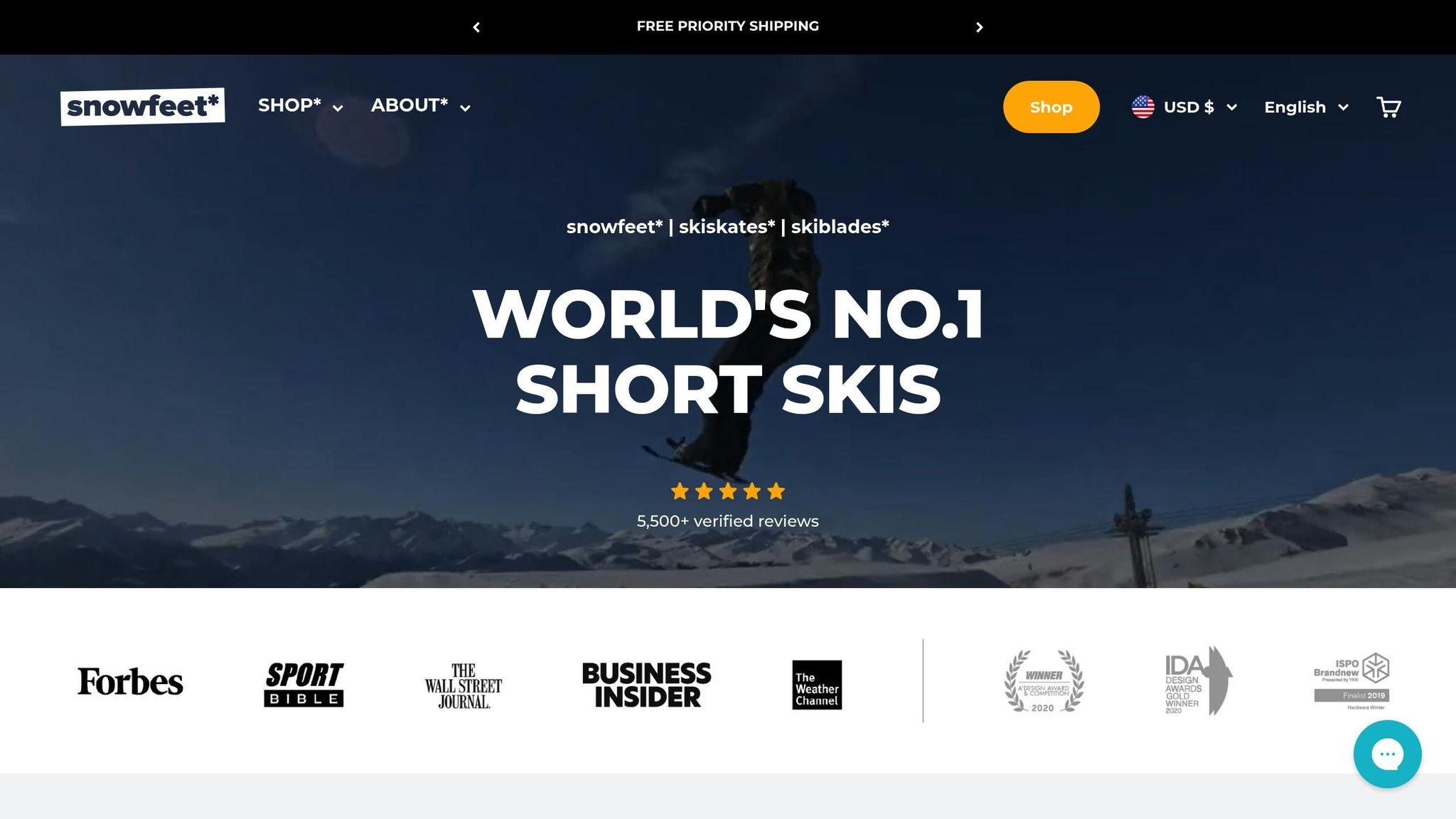
Why Short Skis Work Better on Hard Snow
When it comes to hard-packed or icy terrain, short skis bring some real advantages to the table. While brands like Rossignol, K2, and Salomon have long championed the "longer is better" mindset, shorter skis actually shine in these tougher conditions.
Tighter Turns Mean Better Control
Short skis have a smaller turning radius, which makes quick edge-to-edge transitions a breeze on hard snow. On icy patches or firm groomed runs, this ability to make sharp, quick turns can be a game-changer.
Take Snowfeet*’s 44 cm Skiskates or 65 cm Skiblades, for example. These are designed for instant pivoting, unlike longer skis that need more space and effort to complete a turn. This kind of agility is especially handy on crowded slopes or when you're navigating tight spots. Whether you're dodging skiers or weaving through moguls, short skis react to even the slightest adjustment, giving you precise control and better edge grip when it matters most.
Superior Edge Grip on Hard Surfaces
While long skis have more edge contact with the snow, they also spread your weight across that longer edge. On hard-packed snow, this can actually work against you because you need concentrated pressure to really "bite" into the surface.
Short skis focus your body weight on a smaller area, creating higher pressure per square inch. This concentrated pressure helps the edges grip firmly, even on slick, icy terrain where longer skis might struggle. Snowfeet*’s 99 cm Skiblades and 120 cm Short Skis are perfect examples of this. Their shorter edges grip better because your weight isn’t spread out as much, unlike a 170 cm ski from brands like Burton or Head, where the pressure is more diluted.
Plus, the wood core construction in Snowfeet*’s products adds a stiffer, more responsive flex. This design channels energy straight to the edges, giving you precise feedback and control that longer skis often lack on firm snow. And as a bonus, this setup reduces fatigue while keeping you agile.
Less Fatigue, More Agility
Long skis can feel like you're dragging around extra baggage, especially on hard snow. Their weight and length create leverage forces that tire out your legs and knees over time.
Snowfeet*’s lightweight Mini Ski Skates solve that problem. They’re so compact they can even fit in a backpack, and their shorter length means your muscles don’t have to work as hard to turn them. With traditional long skis, each turn takes more effort to overcome the ski’s natural resistance. Short skis, however, pivot easily around your center of mass, making turns feel almost effortless - even after hours on the slopes.
Another perk? Snowfeet*’s adjustable bindings. Unlike fixed bindings on many traditional skis, these let you tweak your stance for maximum performance in different conditions. On those hard-packed days that test every skier, this adjustability can make all the difference.
sbb-itb-17ade95
Snowfeet* vs. Standard Ski Brands: Short Skis Take the Lead
When you stack Snowfeet*'s short skis against traditional long skis from well-known brands, one big advantage stands out - performance on hard, icy snow. Long skis spread your weight across a larger surface, which means less edge pressure. In contrast, Snowfeet*'s short skis focus your weight on a smaller area. This creates more concentrated pressure, giving you a stronger edge bite. The result? Better grip and control when the snow is hard and icy.
This design isn’t just about theory - it’s about giving you the edge (literally) when you need it most. With Snowfeet*, you’ll feel in charge, especially when conditions call for sharp, precise turns.
Who Should Use Short Skis on Hard Snow
Short skis, like those offered by Snowfeet*, bring a lot to the table when it comes to hard snow. Their design makes them a great fit for specific types of skiers, offering benefits that traditional long skis can't quite match.
New and Casual Skiers
If you're new to skiing or just hit the slopes occasionally, Snowfeet* short skis are a fantastic option for hard snow. Long skis from brands like Rossignol or Salomon can feel intimidating, especially when you're still learning the ropes. On icy terrain, where control is everything, shorter skis like the Snowfeet* Mini Ski Skates or Snowfeet* PRO give you an edge - literally and figuratively.
Short skis are incredibly responsive. They react quickly to your movements, helping you build confidence faster. With these, you don’t have to wrestle with the bulk of 160–180 cm skis, making it easier to stop, turn, and recover if things go sideways. For casual skiers who hit the slopes a few weekends a year, the simplicity of Snowfeet* short skis means less time relearning and more time enjoying. Plus, their intuitive design keeps your skills sharp between trips.
Terrain Park and Backcountry Riders
For those who thrive in terrain parks or the backcountry, Snowfeet* short skis are a game-changer. In terrain parks, where hard-packed snow is the norm, these compact skis excel. Jumps, rails, and tight landings demand agility, and Snowfeet* Skiskates or Skiblades deliver just that. Unlike traditional park skis from brands like Burton or K2, these shorter skis make spins and creative tricks feel more accessible.
Backcountry enthusiasts will appreciate the portability of Snowfeet* gear. You can toss them in a regular backpack, making it much easier to hike to those out-of-the-way spots. Once you’re there, whether it’s icy or wind-crusted snow, you’ve got equipment designed to handle it. Traditional long skis from brands like Atomic or Volkl can struggle with quick transitions in mixed conditions, but Snowfeet* short skis adapt seamlessly. Whether you're navigating hard-packed trails or softer snow patches, their agility opens up opportunities for exploration.
Winter Sports Pioneers: Skiskating Takes Off
Snowfeet* isn’t just about skiing - they’ve sparked something entirely new: skiskating. This emerging sport blends skiing, skating, and snowboarding into one thrilling experience, and hard snow is the perfect playground for it. Founded by Zbynek and Michael, Snowfeet* has a bold vision of one day bringing skiskating to the Olympic Games. The firm surface of hard snow provides the consistent feedback and stability needed to perfect this technique.
Skiskating is all about precision and control. The hard snow lets you push off and glide in ways that traditional skis just can’t match. While established brands like Salomon and Rossignol focus on tweaking long-standing designs, Snowfeet* is breaking new ground. If you come from a background in skateboarding, inline skating, or snowboarding, you’ll find that Snowfeet* short skis feel natural and open up exciting possibilities. On hard snow, every edge engagement becomes an opportunity to generate speed and refine your control, turning what might seem like a challenge into a thrilling advantage.
The Future of Winter Sports: Short Skis Lead the Way
Winter sports are evolving fast, and Snowfeet* is at the forefront of this transformation. While well-known brands like Rossignol, Salomon, and Volkl continue to push longer skis as the go-to option, the tide is turning. Short skis are proving to be the better choice, especially on hard, icy snow. And this shift isn’t just talk - it’s happening now, with Snowfeet* leading the charge through cutting-edge designs.
Snowfeet* isn’t just selling gear - they’re changing the game entirely. Founders Zbynek and Michael have even created a new sport called skiskating, with dreams of it one day becoming an Olympic event. On hard, icy snow, agility is everything, and shorter skis deliver. From the ultra-compact 38 cm (about 15 inches) Mini Ski Skates to the 120 cm (47 inches) Short Skis, Snowfeet* products show how shorter equipment offers better edge control, less fatigue, and smoother maneuverability when the terrain gets tough.
One of the biggest wins here is accessibility. Traditional ski setups from brands like Atomic or K2 often require expensive boots, lift tickets, and a steep learning curve. In contrast, Snowfeet* gear is designed to work with regular winter shoes and can even fit in a backpack. This makes winter sports more inviting and easier to enjoy for a wider range of people.
Affordability is another big draw. Snowfeet* products start at $250, a fraction of the cost of traditional setups, which can easily exceed $1,000. Add in the superior performance on hard snow, and it’s clear why short skis are gaining traction.
Short skis are redefining what’s possible in winter sports. Instead of struggling against icy conditions, they let you embrace them, turning challenges into opportunities for creativity and skill-building. It’s all about having fun and feeling free - not sticking to outdated norms.
This shift is already happening, one short ski at a time. The future of winter sports is here, and it’s shorter, simpler, and a whole lot more exciting.
FAQs
Why are short skis better for hard and icy snow than traditional long skis?
Short skis shine on hard, icy snow thanks to their quick response, nimble handling, and sharp edge control. Unlike longer skis, which can feel bulky and tough to steer, short skis make turning a breeze and demand less effort - even when the terrain gets tricky.
Their compact build, like the models from Snowfeet*, lets you tackle icy slopes with confidence while enjoying a smoother, more controlled ride. They’re a great pick for skiers seeking a fun, easy-to-use, and versatile option compared to traditional long skis.
Are short skis only for beginners, or can advanced skiers use them too?
Short skis aren’t just for those starting out - they offer something for everyone, no matter your skill level. Beginners love them because they’re easier to control and make learning quicker. But advanced skiers? They get to enjoy the agility and adaptability that short skis bring to the table. Take Snowfeet* short skis, for example. They’re all about boosting the fun factor while giving you the freedom to explore the slopes your way. Whether you’re a casual skier or an expert looking to mix things up, short skis are a great option. From carving on hard-packed snow to pulling off creative tricks, they add an extra layer of excitement to your runs.
Why are Snowfeet's short skis better than traditional long skis for hard snow and icy conditions?
Snowfeet’s short skis shine where traditional long skis often struggle - on hard-packed snow and icy slopes. Thanks to their compact design, they offer incredible agility and quick responsiveness, making it easier to carve sharp turns and maintain control even on tough terrain. Whether you’re a beginner testing the waters or a seasoned skier looking for something more dynamic, these skis bring a fresh twist to your winter adventures.
Traditional long skis focus on speed and stability but often sacrifice maneuverability. Snowfeet flips the script, offering a fun and approachable skiing experience without skimping on performance. Plus, they’re easier on your wallet, breaking down the price barrier that usually comes with skiing gear. Lightweight, portable, and designed to challenge the old-school belief that longer skis are always better, Snowfeet gives you a whole new way to embrace winter sports.







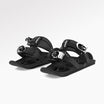






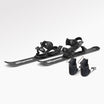






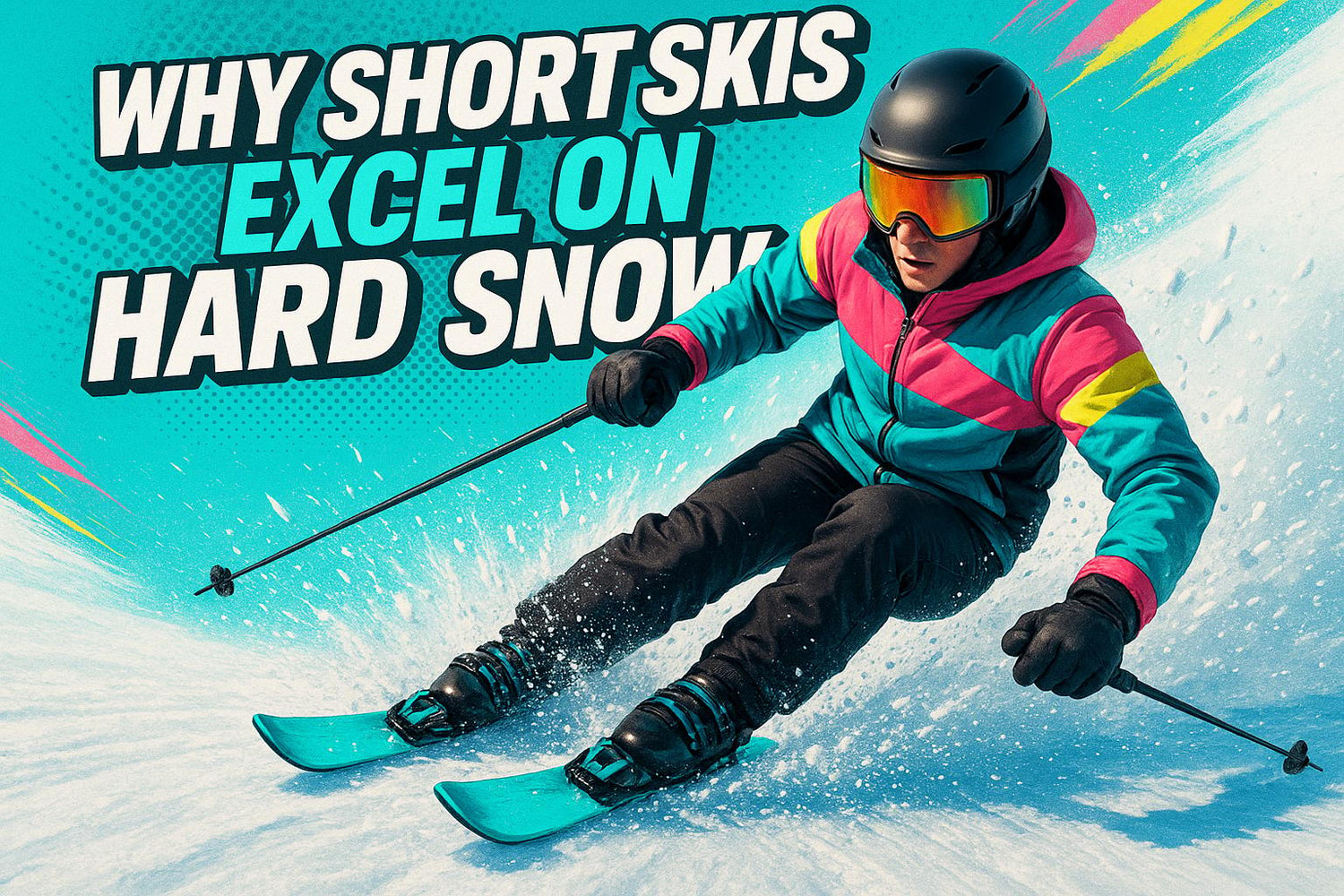
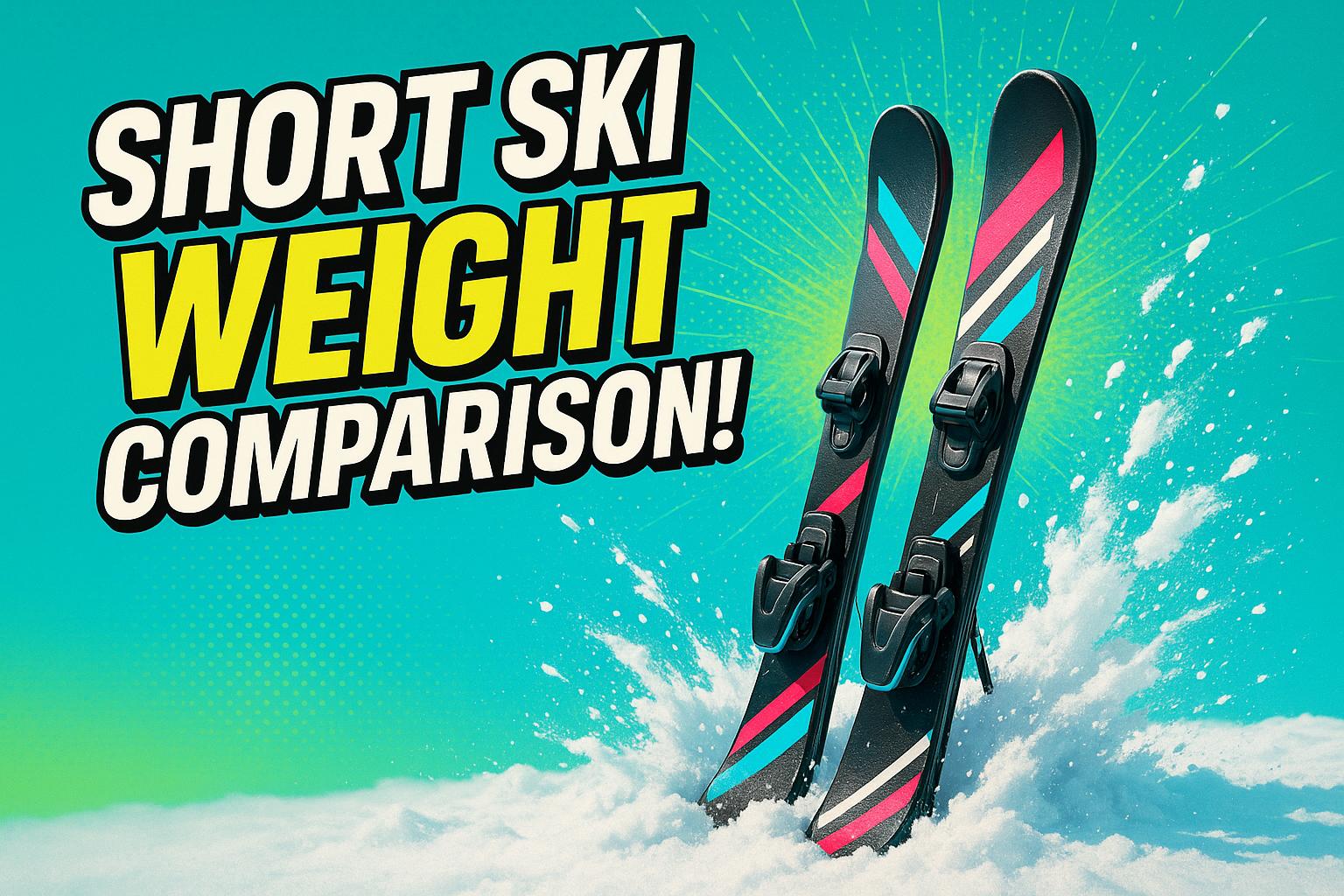
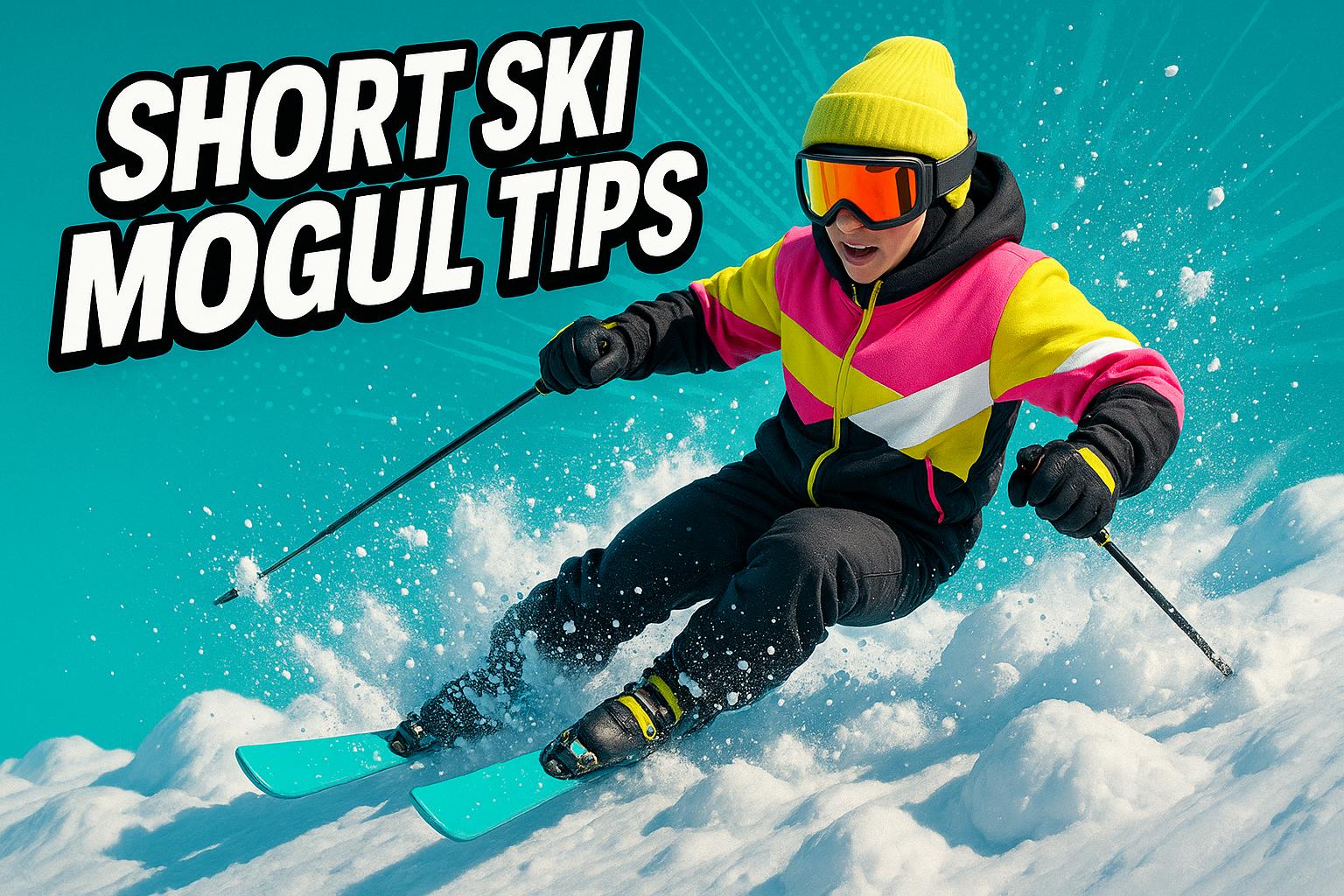

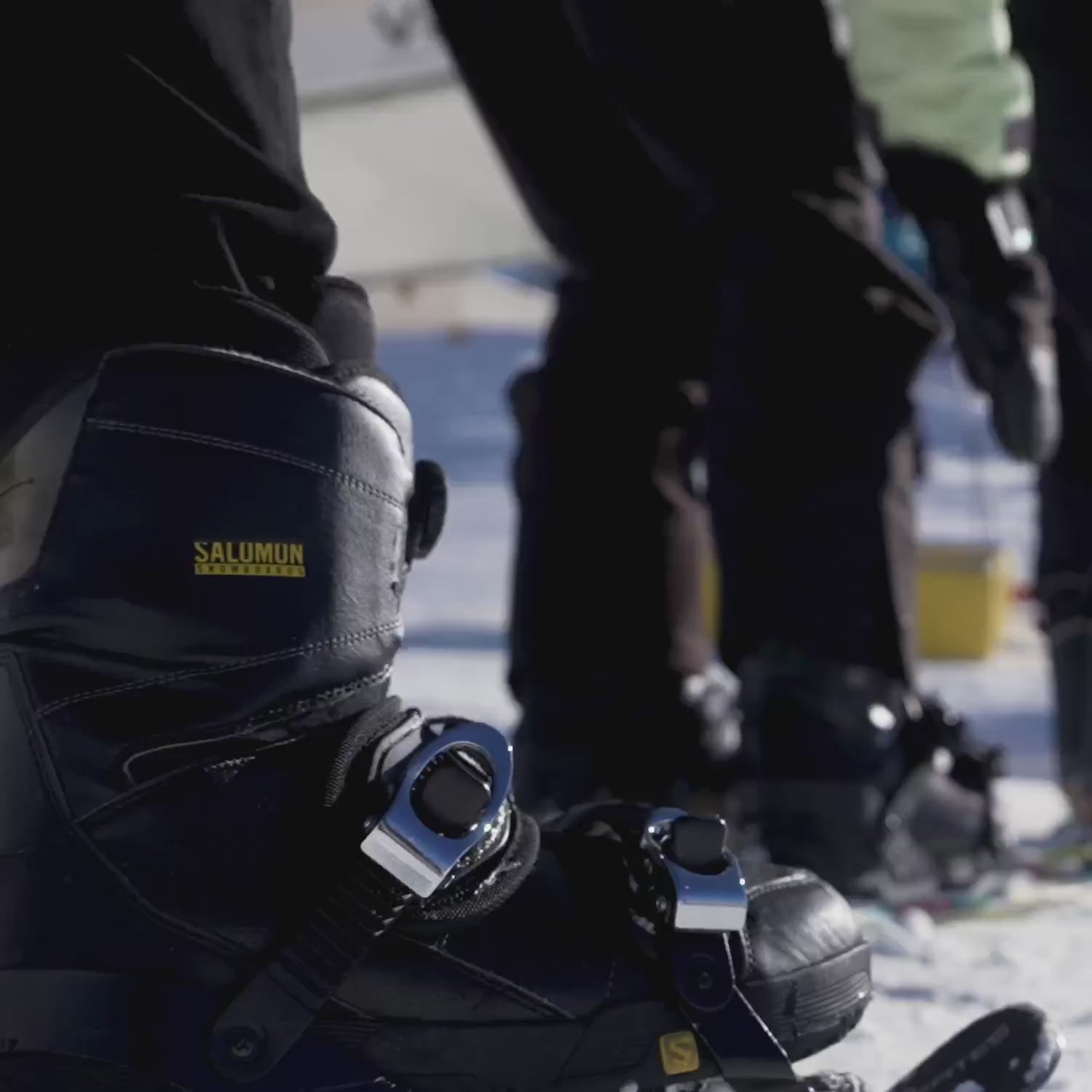


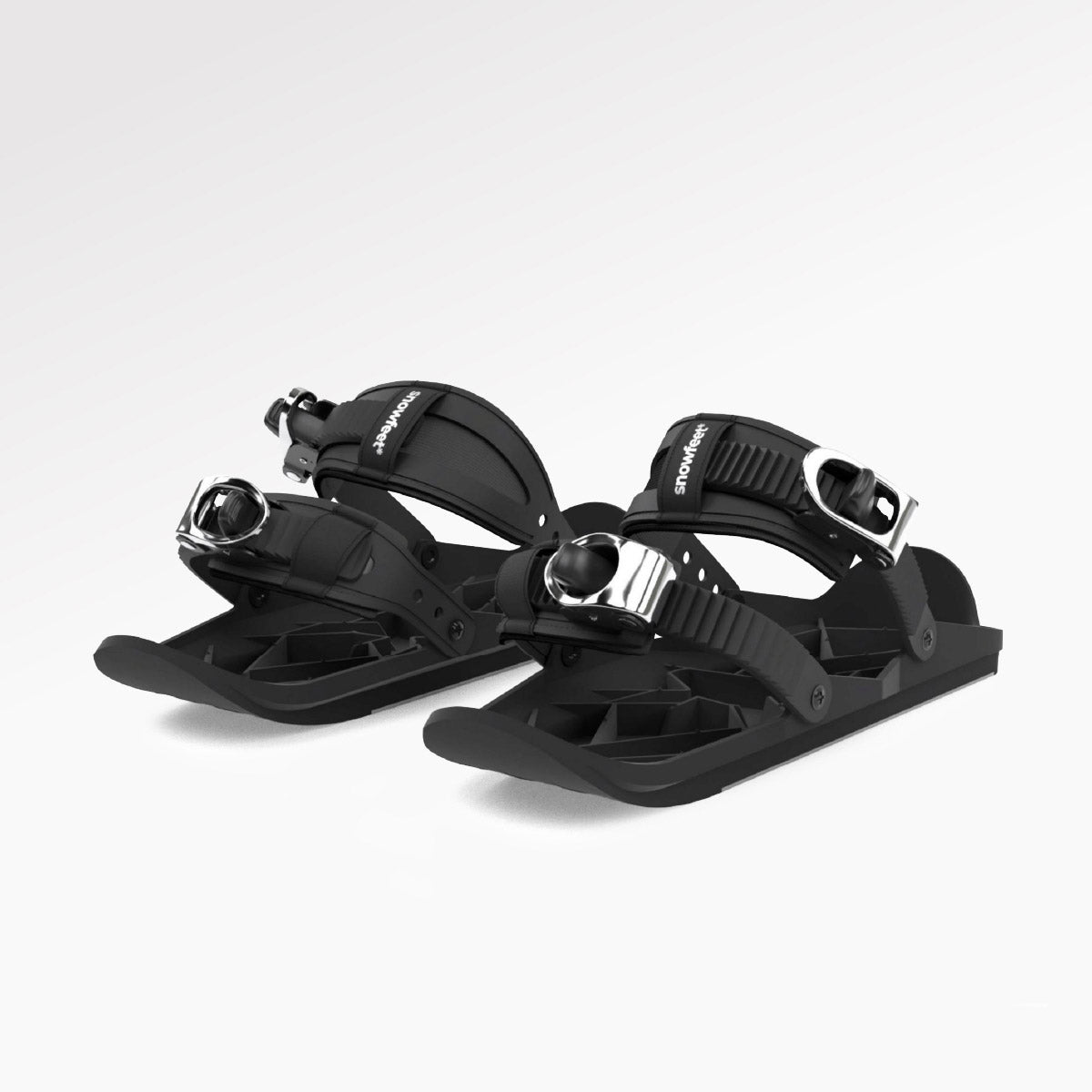
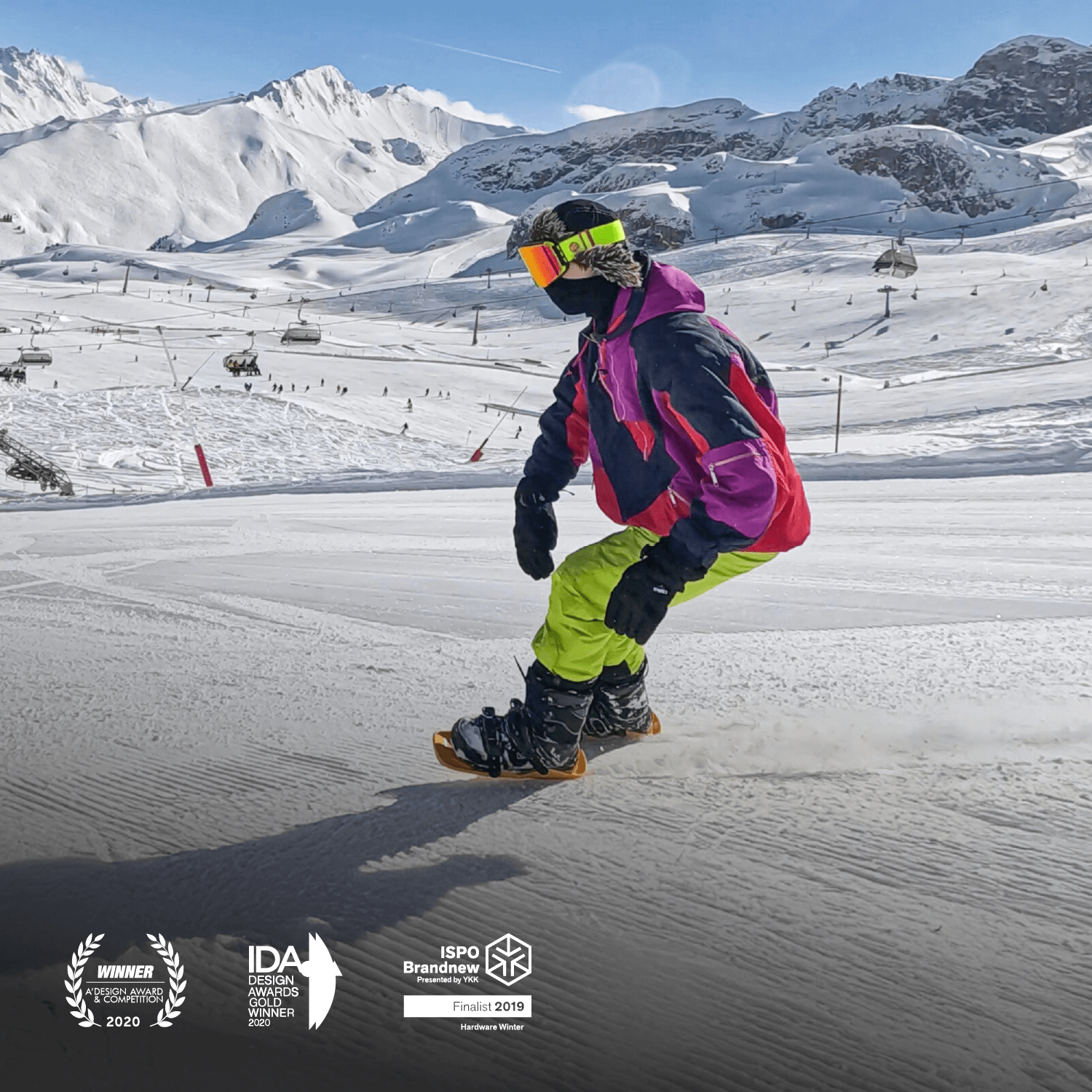

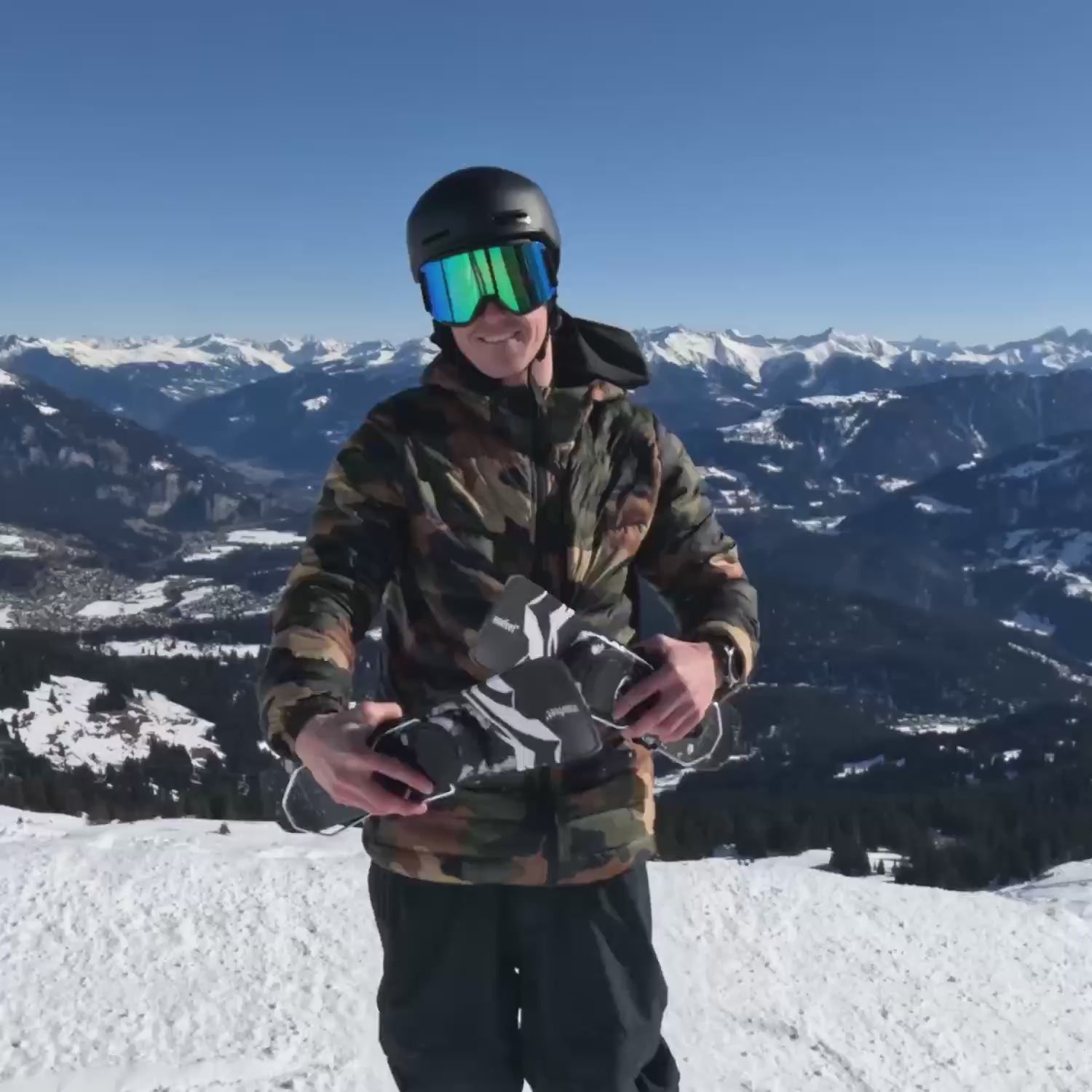

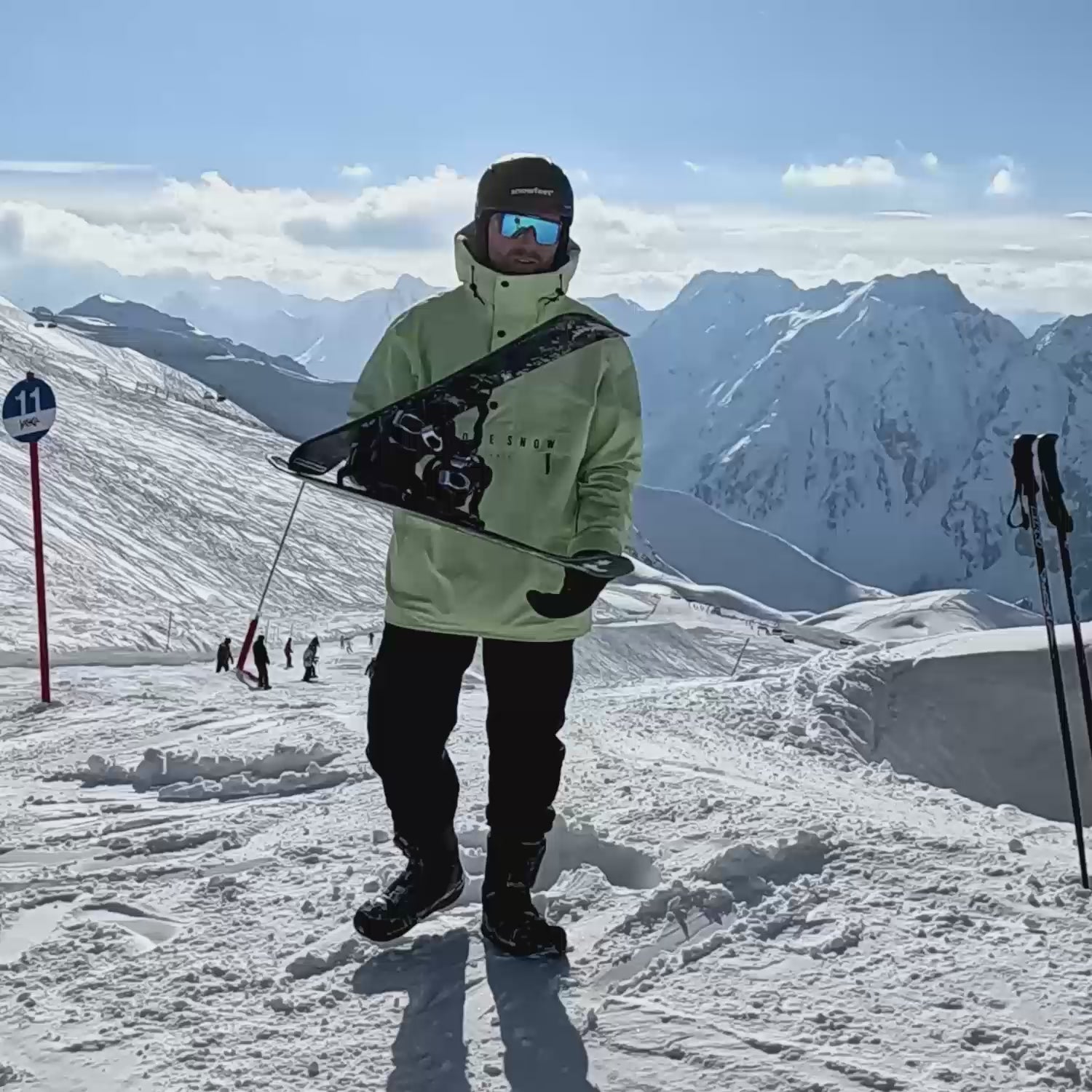
Leave a comment
This site is protected by hCaptcha and the hCaptcha Privacy Policy and Terms of Service apply.